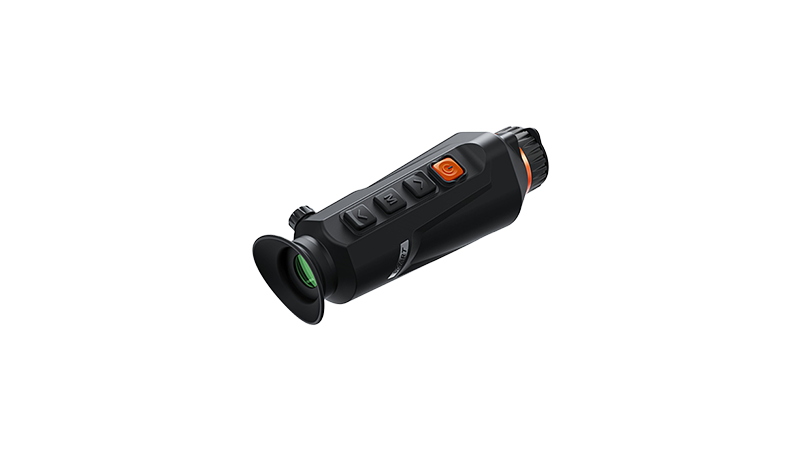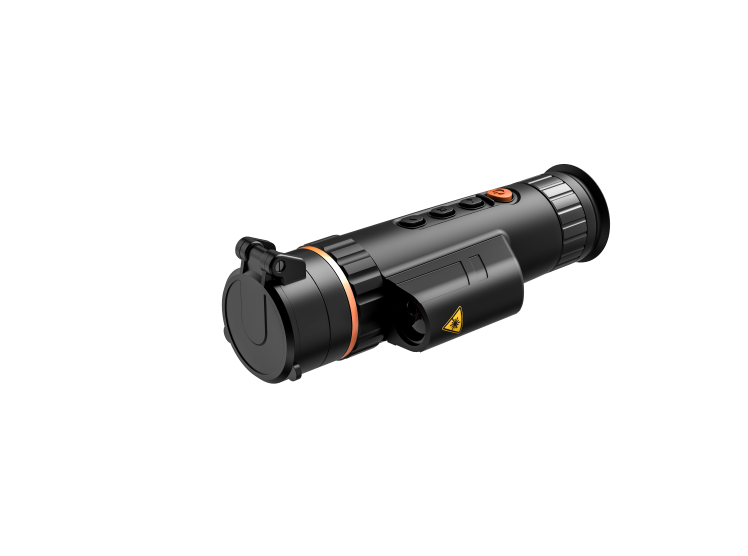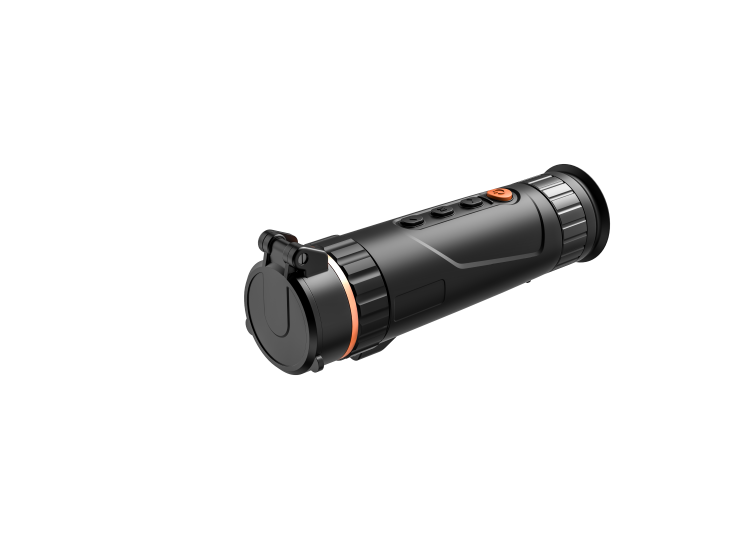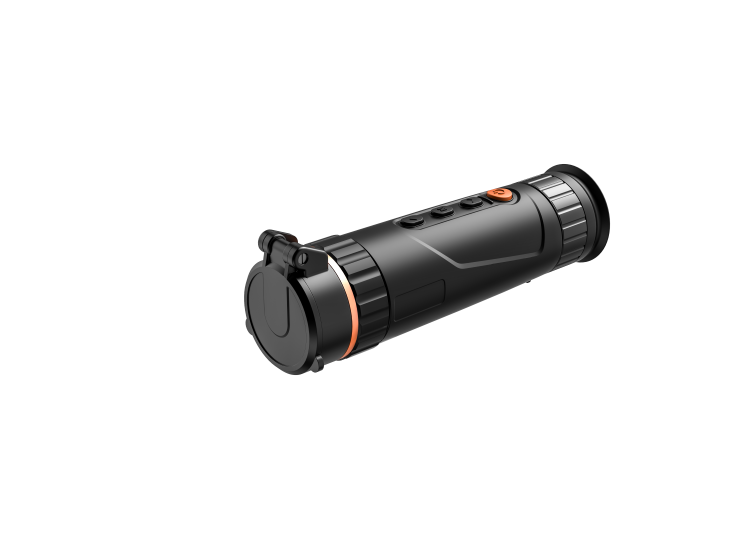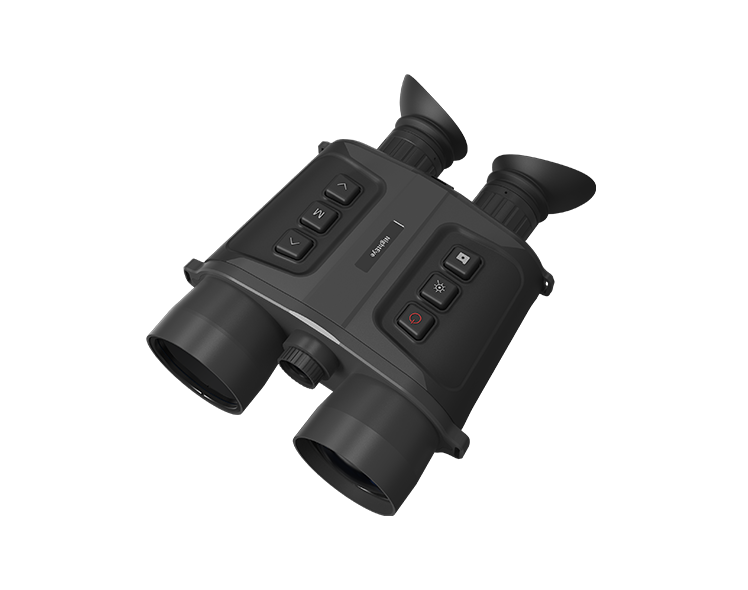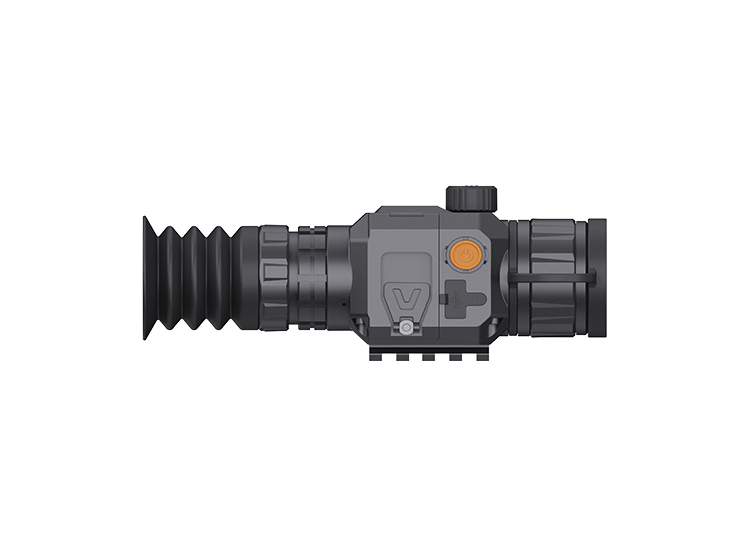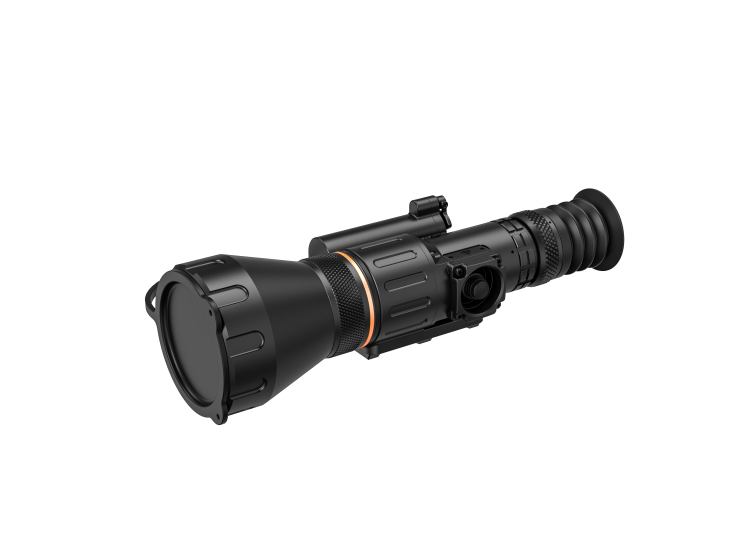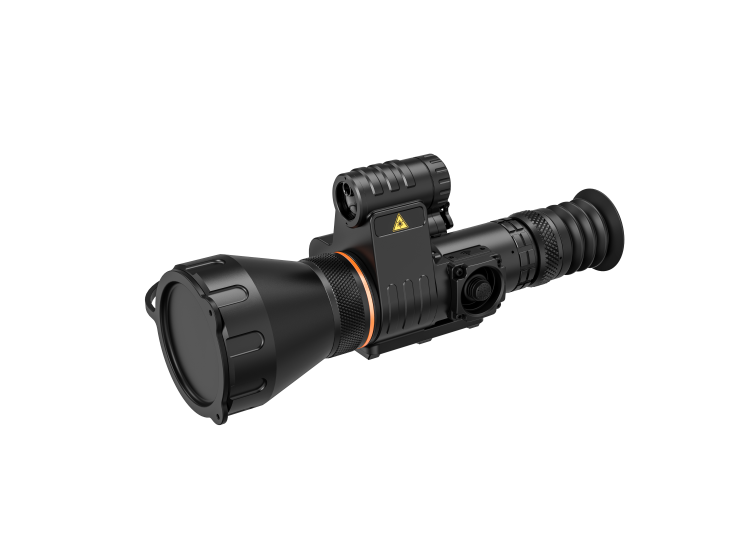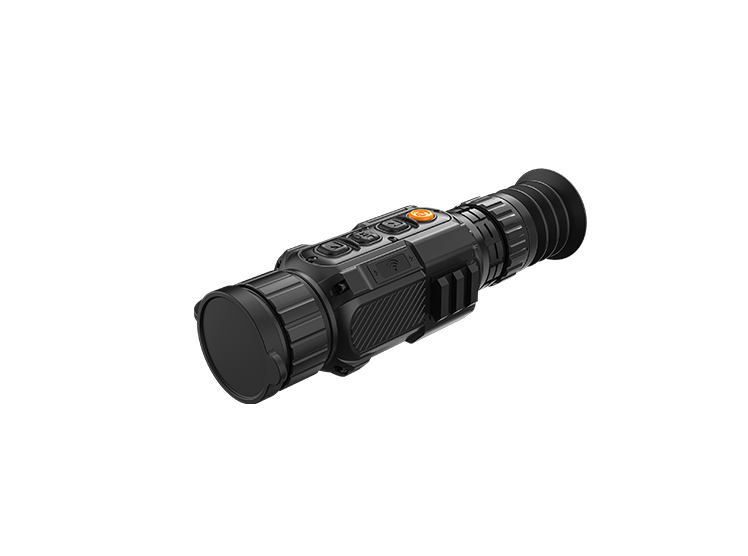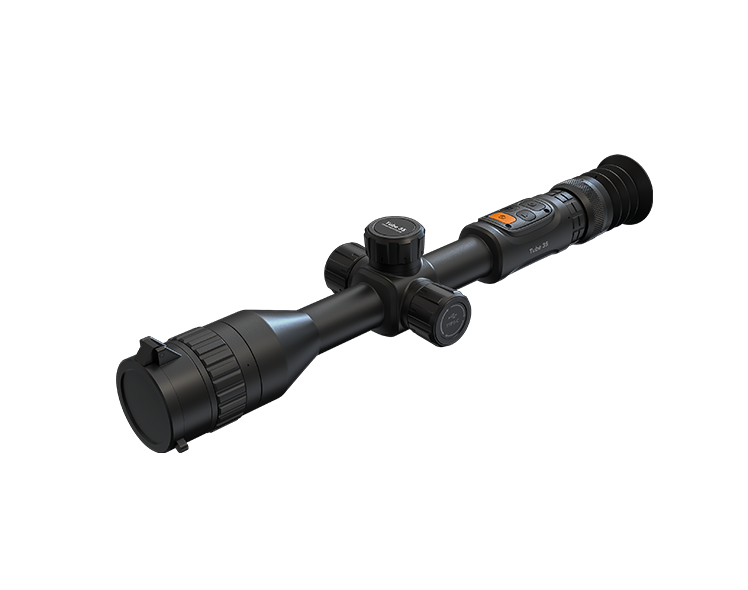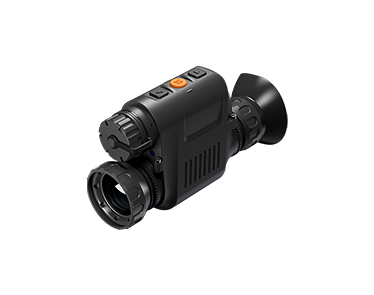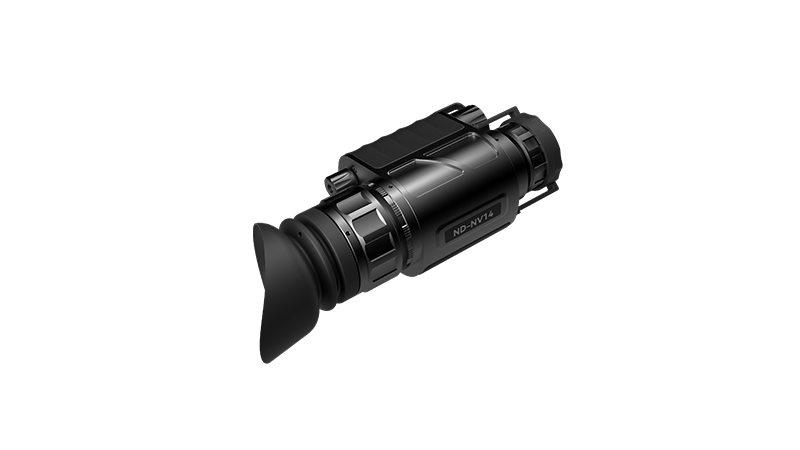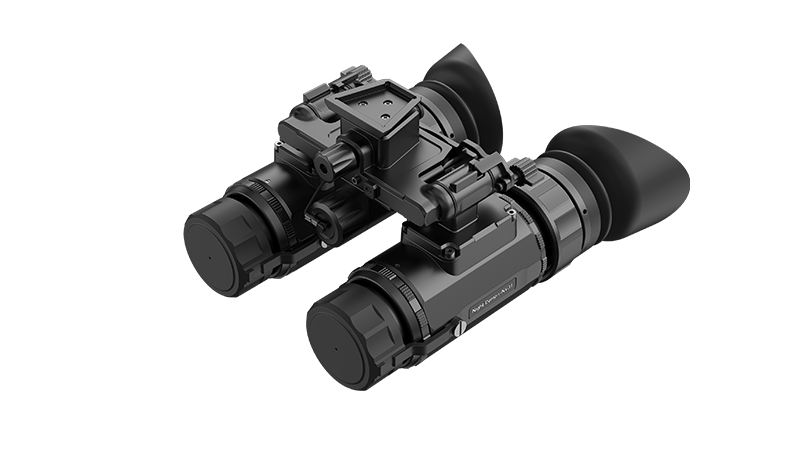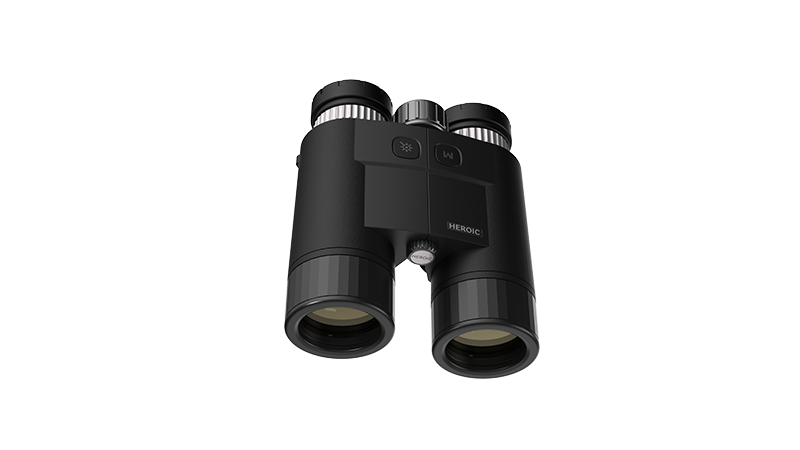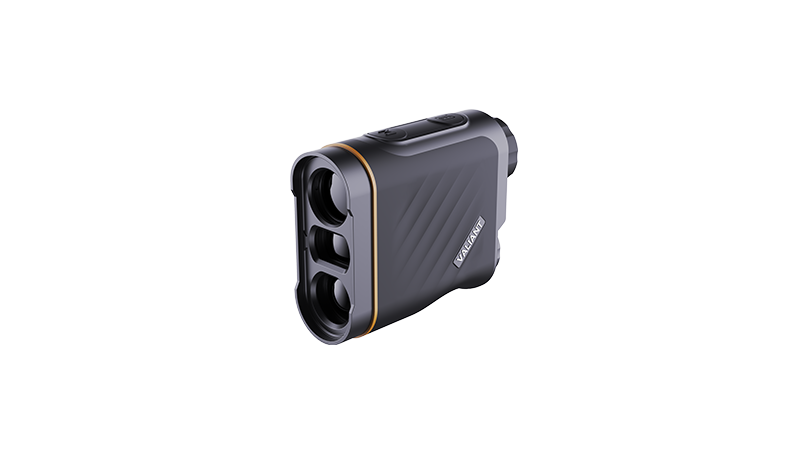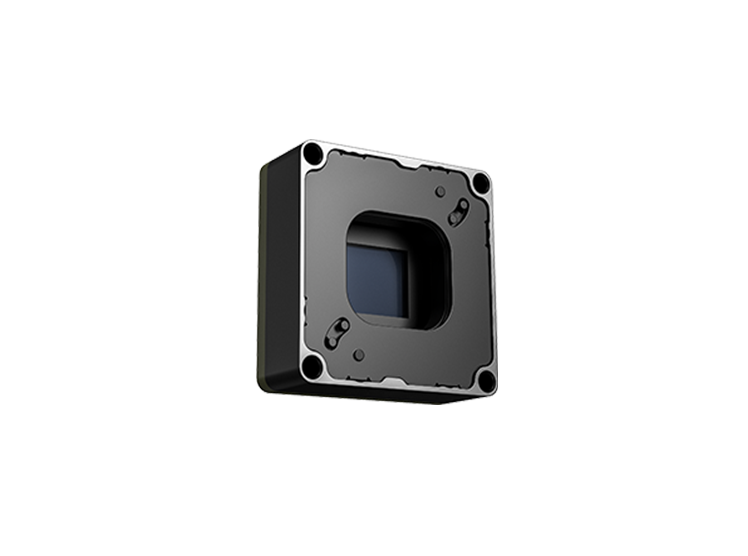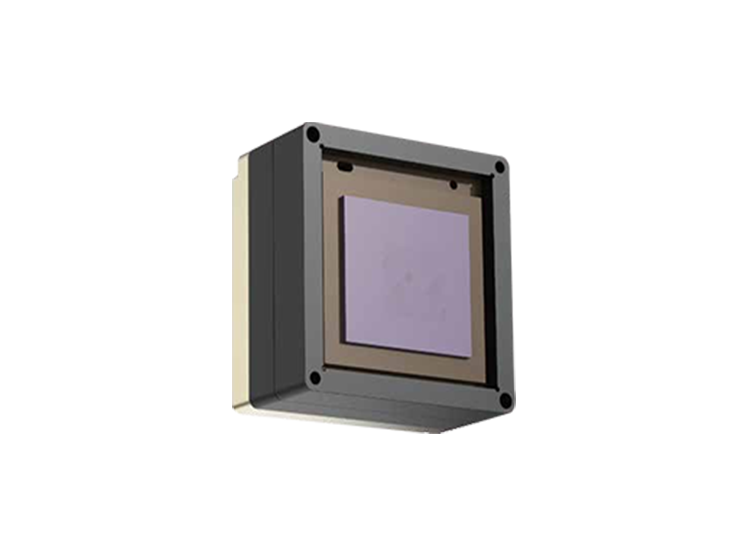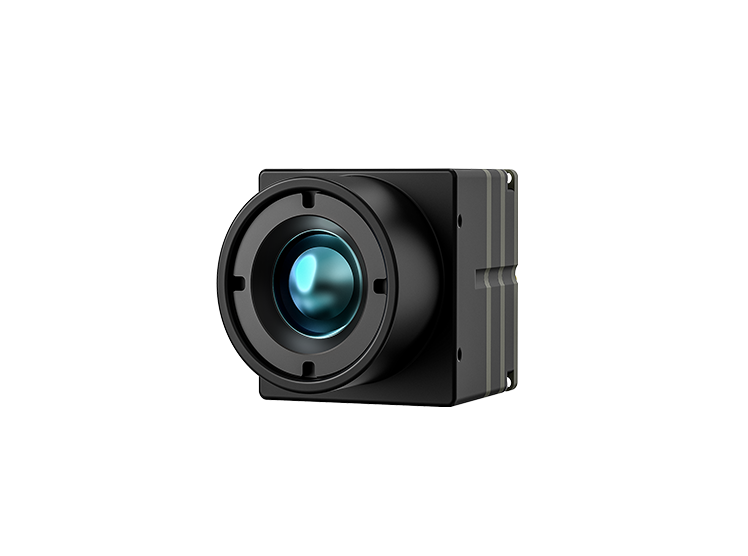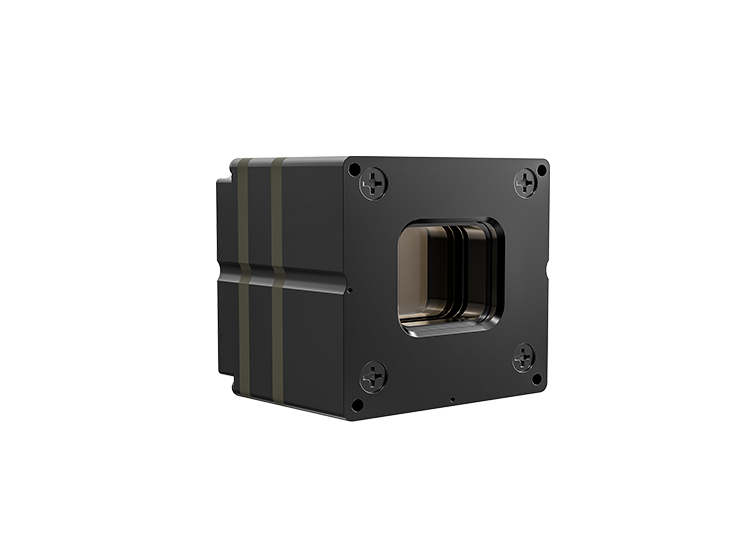Understanding Thermal Resolution: What You Need to Know
2025/08/27In today’s rapidly evolving technological landscape, thermal imaging has become an invaluable tool across various industries. Whether for wildlife observation, search and rescue missions, or even home inspections, the handheld thermal monocular stands out as an essential device for professionals and enthusiasts alike. Understanding thermal resolution is crucial for anyone considering a handheld thermal monocular, as it directly impacts the effectiveness of this technology.
What is Thermal Resolution?
Thermal resolution refers to the ability of a thermal imaging device, such as a handheld thermal monocular, to distinguish between different temperatures in the images it captures. This measurement often determines how fine the details in thermal images can be, impacting the overall effectiveness of the device. A higher thermal resolution allows users to detect smaller temperature differences, which may be critical in applications like identifying heat leaks in buildings or spotting animals in the wild.
The resolution of a handheld thermal monocular is typically expressed in terms of pixel count, similar to traditional cameras. When picking a device, many people pay attention just to the number of pixels it has. However, it’s also important to think about how the thermal sensor works with those pixels. Things like the quality of the lens, the design of the sensor, and the software used to process images can greatly affect how clear and detailed the pictures are. By understanding thermal resolution, users can make better choices when buying a device, ensuring they pick one that fits their specific needs.
The Importance of Image Quality
When evaluating a handheld thermal monocular, image quality should be a top priority. Image quality encompasses not only thermal resolution but also the overall performance of the device under varying conditions. A good handheld thermal monocular should deliver clear thermal images with minimal noise, even in challenging environments such as low light or high humidity.
Moreover, effective image quality allows users to interpret thermal data accurately. For instance, in the context of search and rescue operations, the ability to discern subtle thermal variations can be the difference between successfully locating a missing person and returning empty-handed. Therefore, investing in a high-quality handheld thermal monocular with superior thermal resolution is essential for professionals relying on this technology.
Conclusion
In summary, understanding thermal resolution is key for anyone looking to invest in a handheld thermal monocular. By focusing on factors like thermal resolution and image quality, users can ensure they select a device that meets their application needs effectively. As the demand for reliable thermal imaging solutions grows, having the right knowledge is vital to making an informed choice.
At IRVOTEX, we specialize in advanced infrared thermal imaging solutions designed to meet the evolving demands of our users. Our SMART series thermal imaging monoculars are equipped with convenient WiFi connection functions, empowering users to connect seamlessly with other smart devices. Through this feature, you can easily transfer captured images or video data for further analysis, archiving, or sharing, enhancing your thermal imaging experience.
 +86 (028) 8535 5966
+86 (028) 8535 5966 +86 17323184180
+86 17323184180 irvotex@votinfrared.com
irvotex@votinfrared.com

